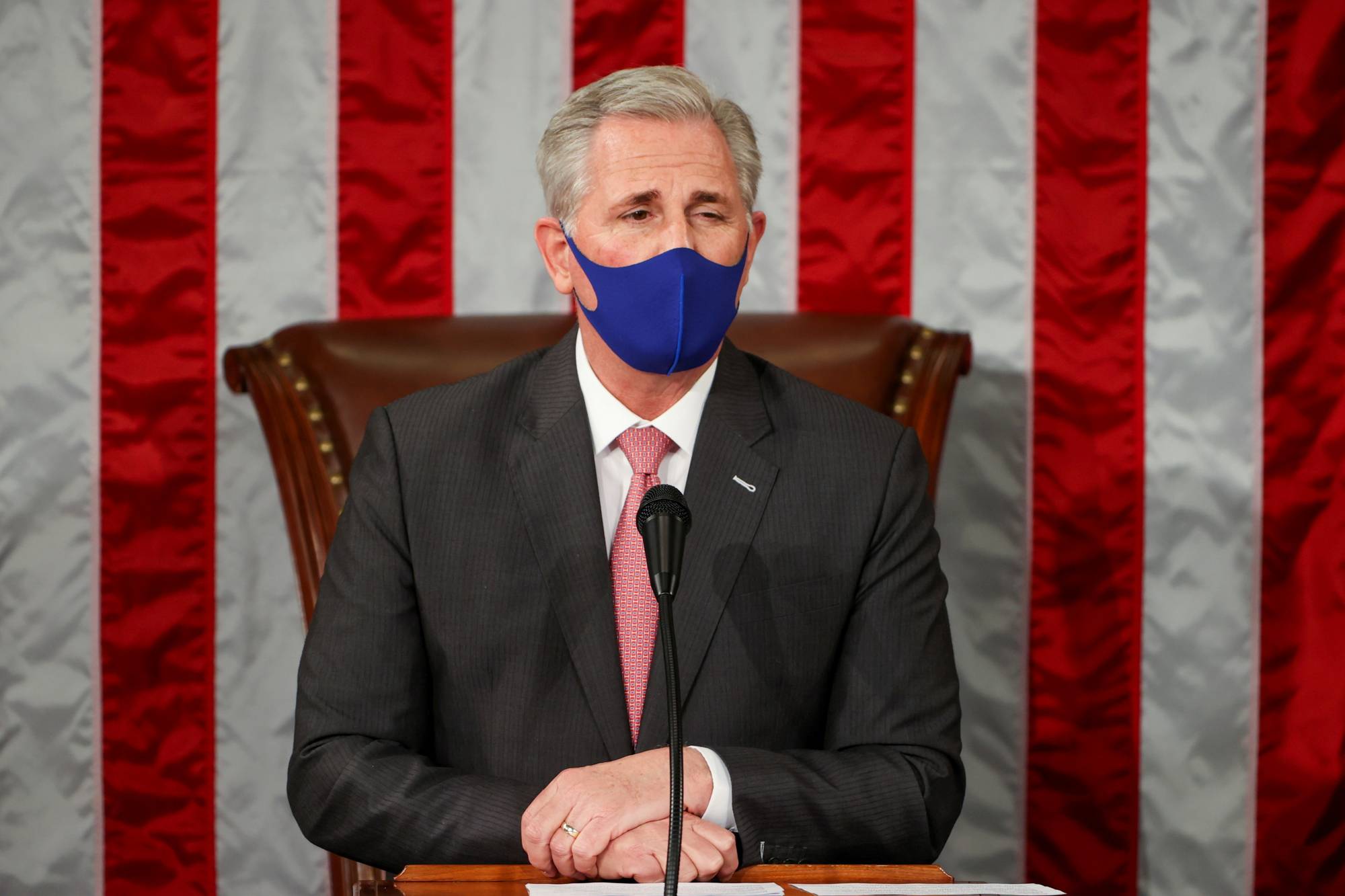Congressional Republicans have partly unveiled their plan to save the planet. Beginning with roughly 190,000 square miles of it.
That’s the total area of the 31 most vulnerable Democratic districts heading into November’s midterms, as judged by the Cook Political Report. They skew, like most blue districts, toward cities and suburbs, with 21 rated "rural-suburban” or higher in the Bloomberg CityLabs Congressional Density Index. Only two are designated as "pure rural.” This, in turn, correlates with popular support for climate policy in most of these districts. On average, 61.2% of Americans living in them think Congress should do more to address climate change, according to polling by the Yale Program on Climate Change Communication. That’s a hair higher than the national average, which also shows a clear majority in favor.
This math suggests it’s a no-brainer for Republican House Minority Leader Kevin McCarthy to add a tint of green to his platform. Except, of course, the Republican base tends to skew more rural and, especially, skeptical about climate change. That’s in part because former President Donald Trump called it a Chinese hoax, and few things matter more to today’s Republican Party — very much including McCarthy — than being seen to agree vociferously with Trump. It’s a quandary all right.

















With your current subscription plan you can comment on stories. However, before writing your first comment, please create a display name in the Profile section of your subscriber account page.